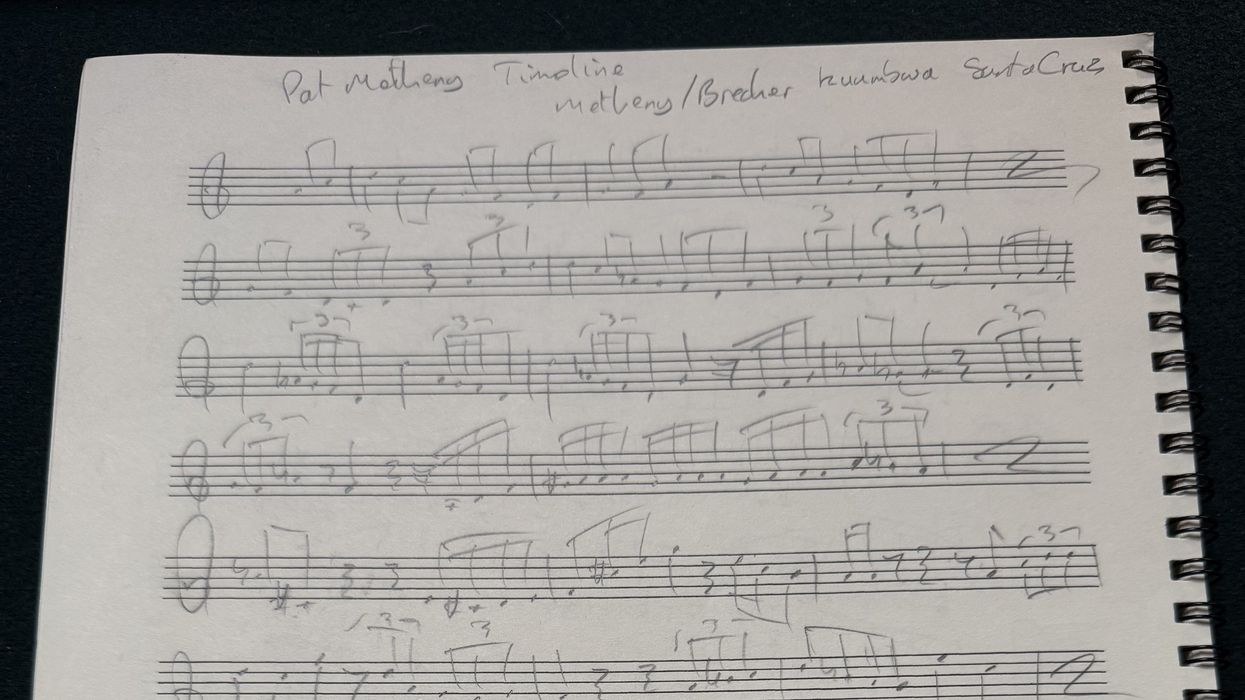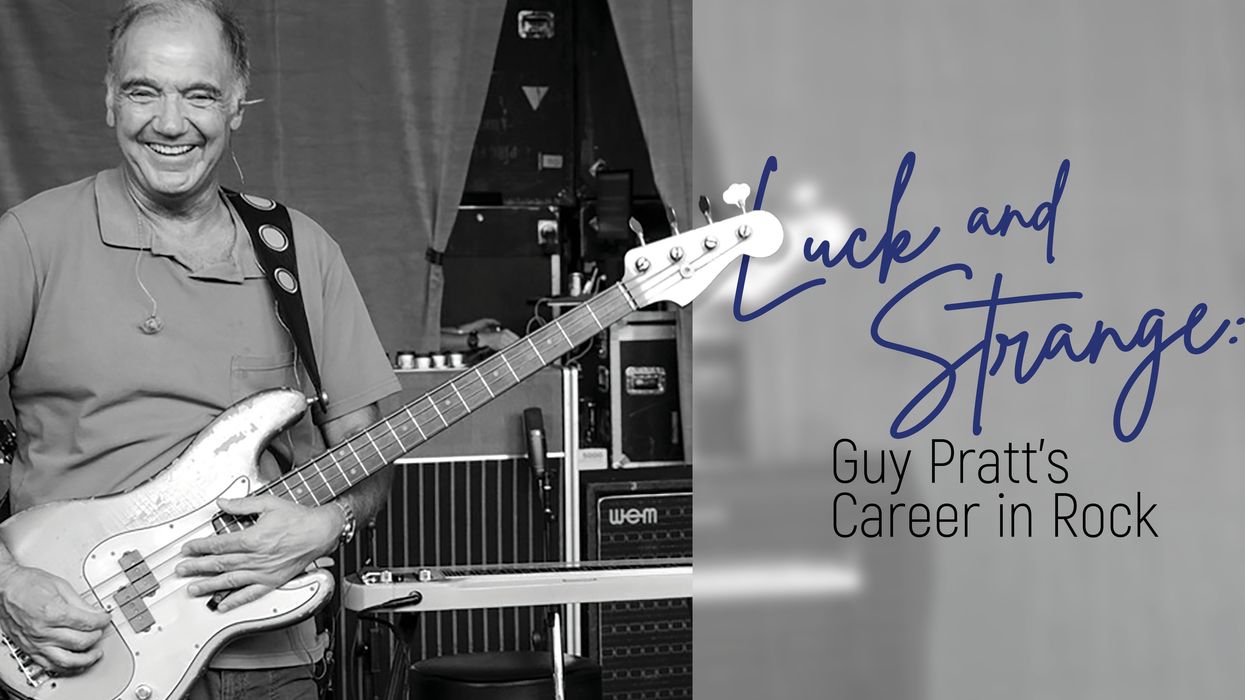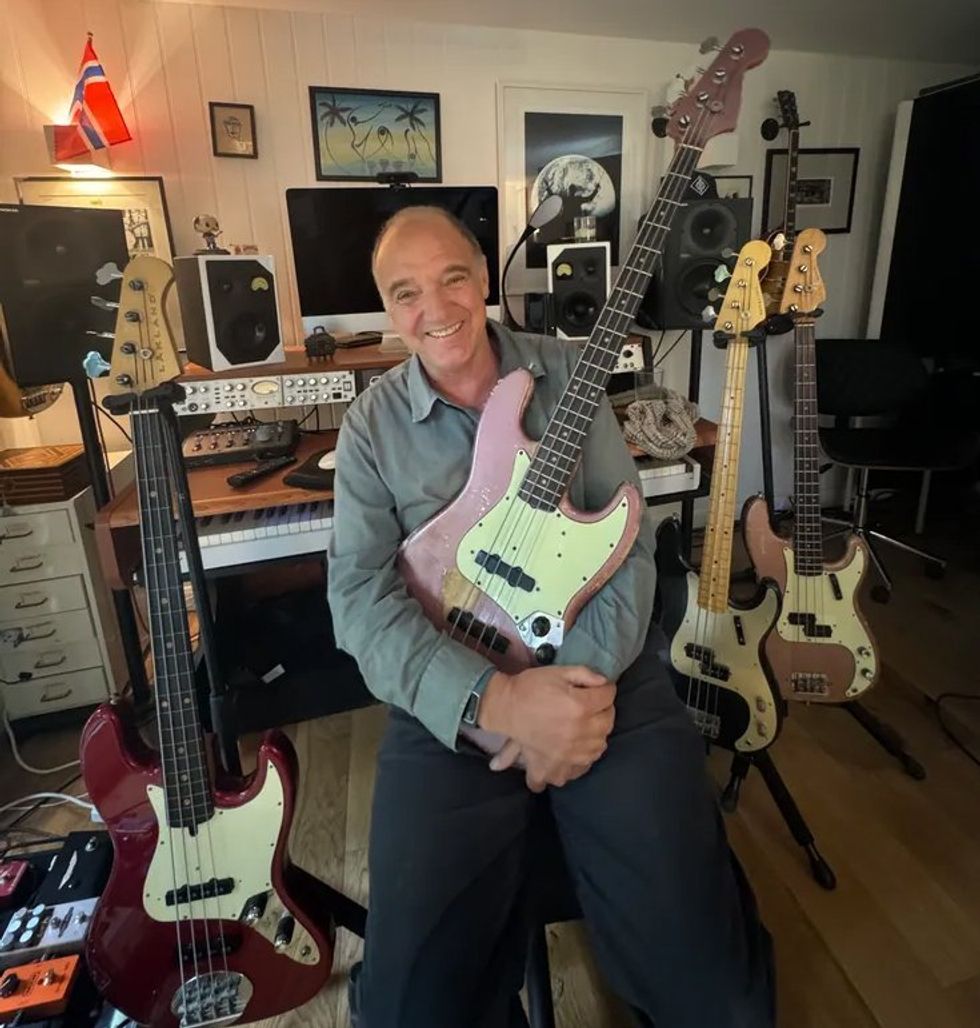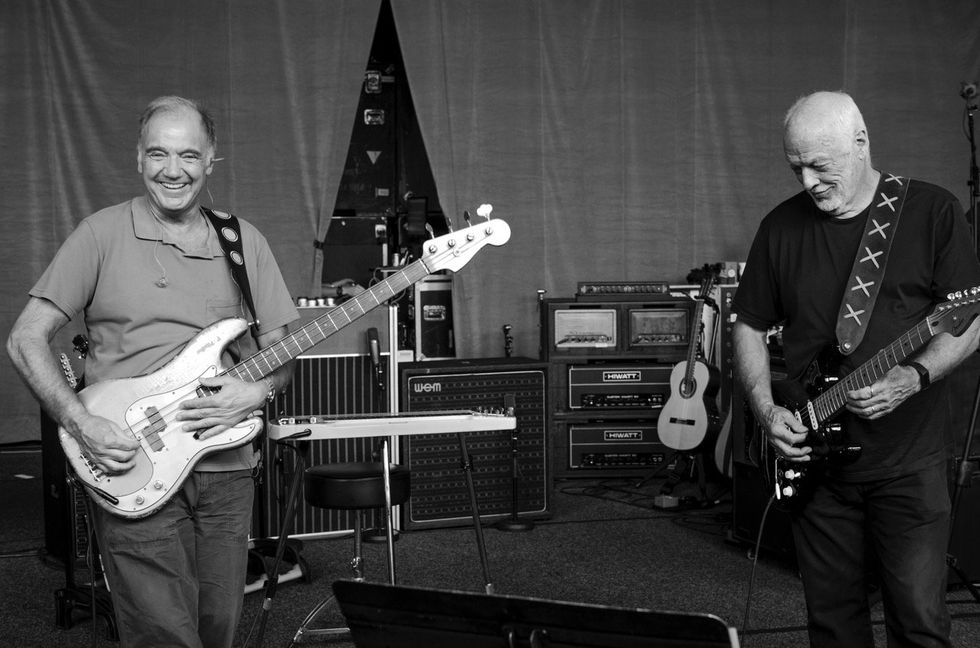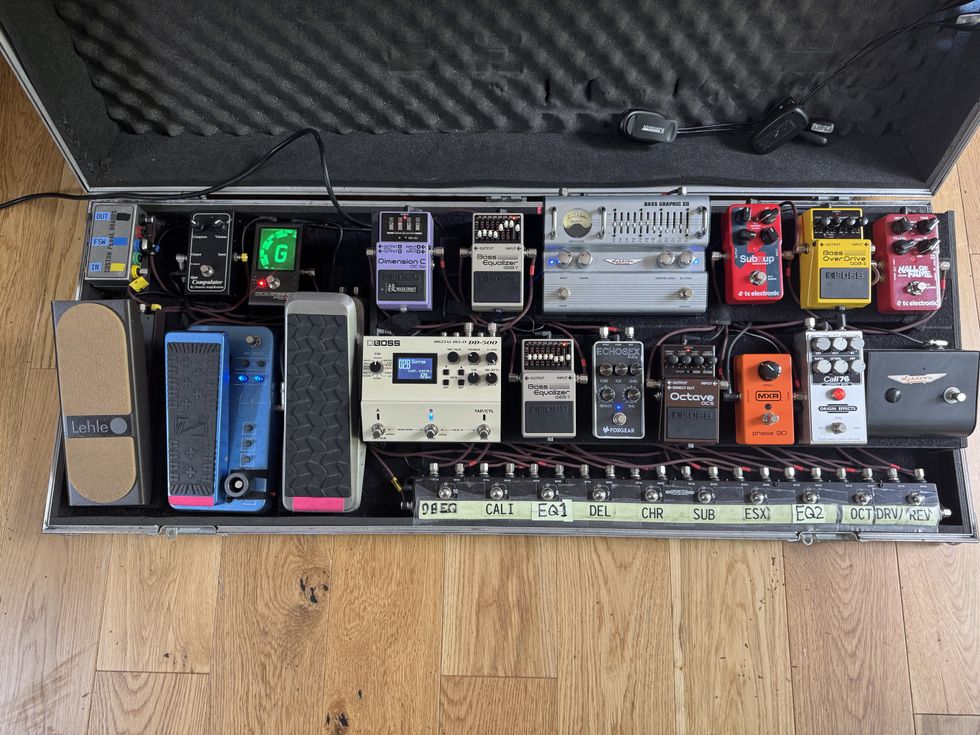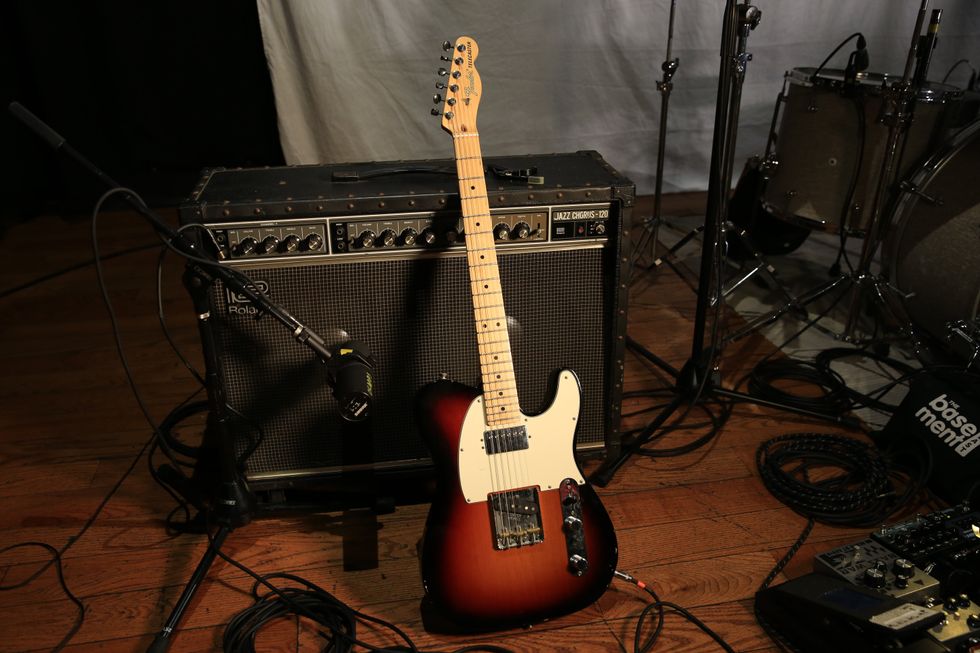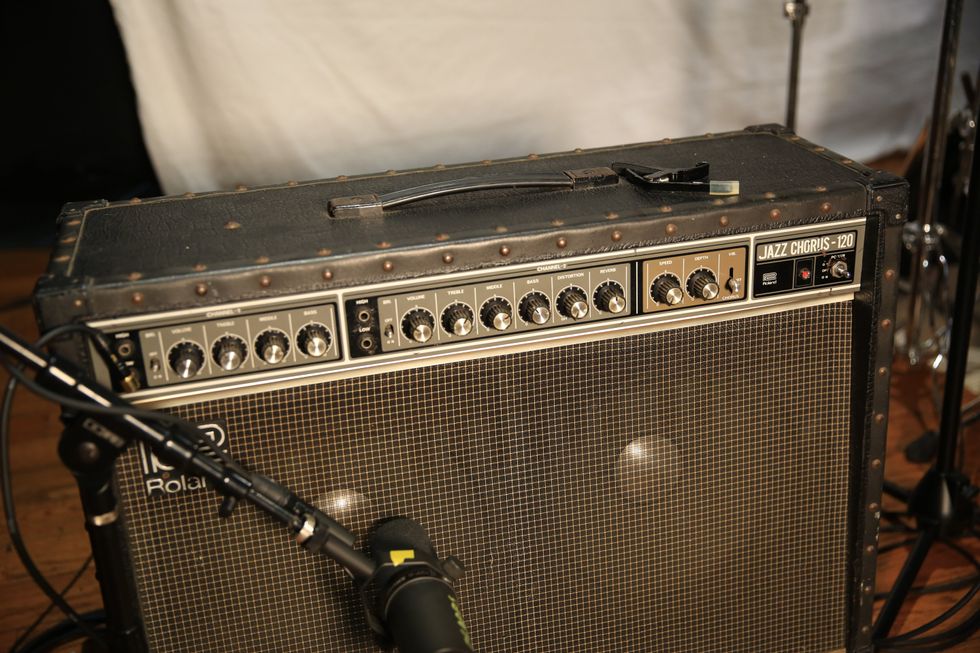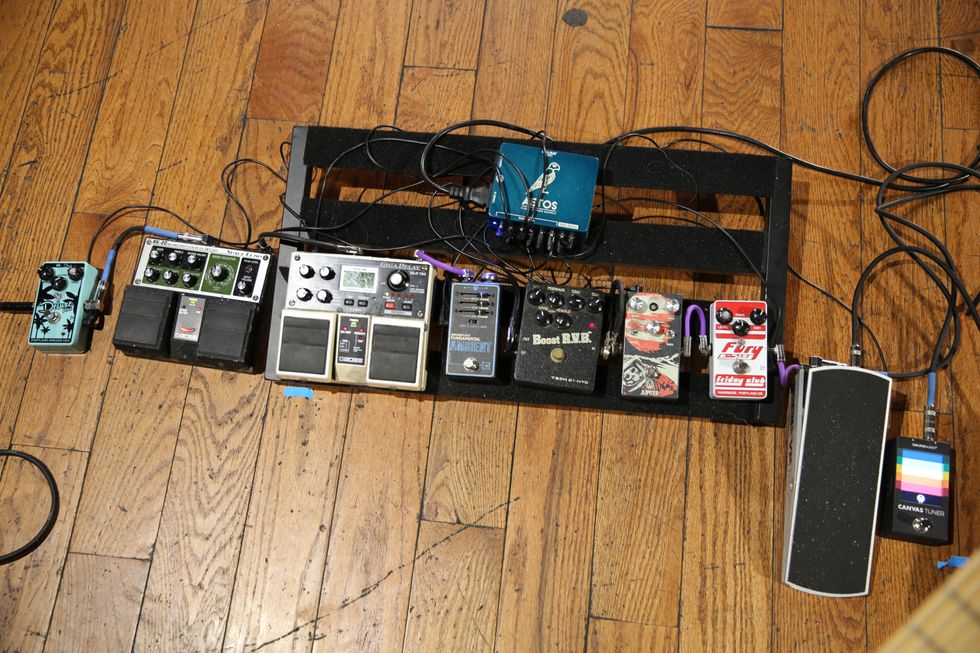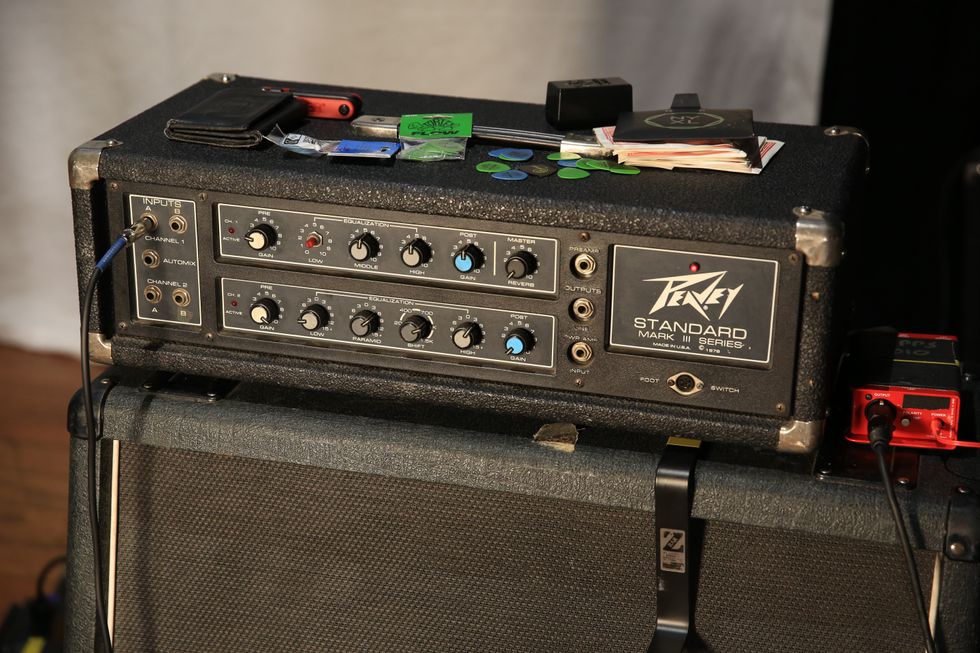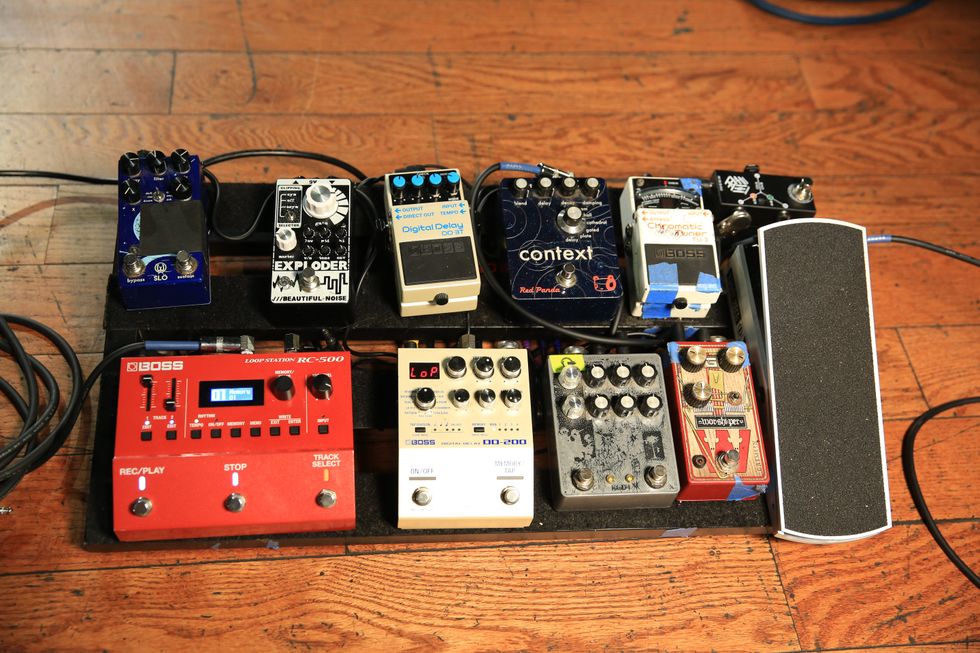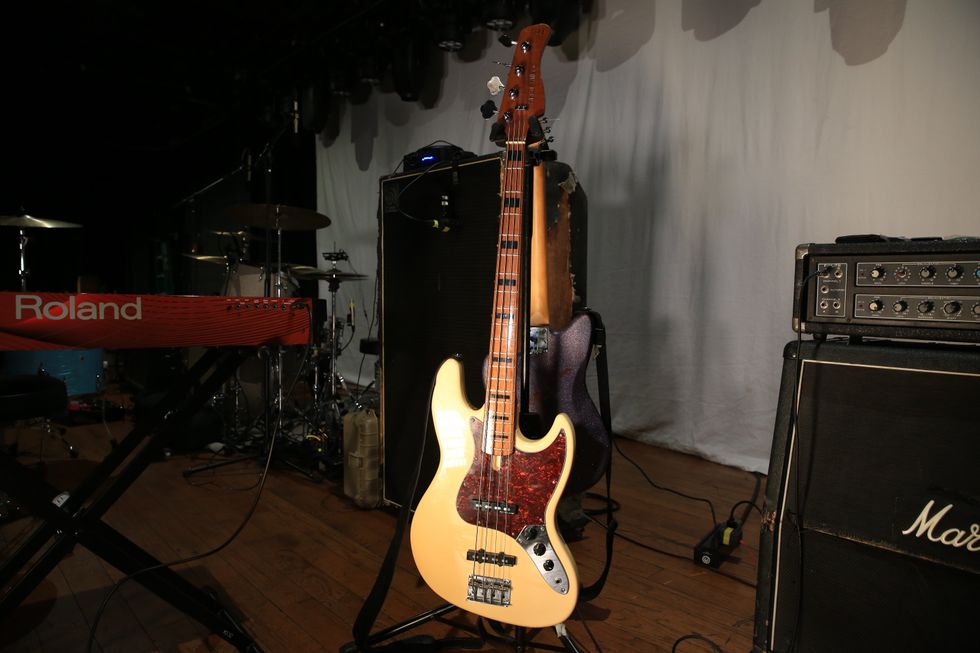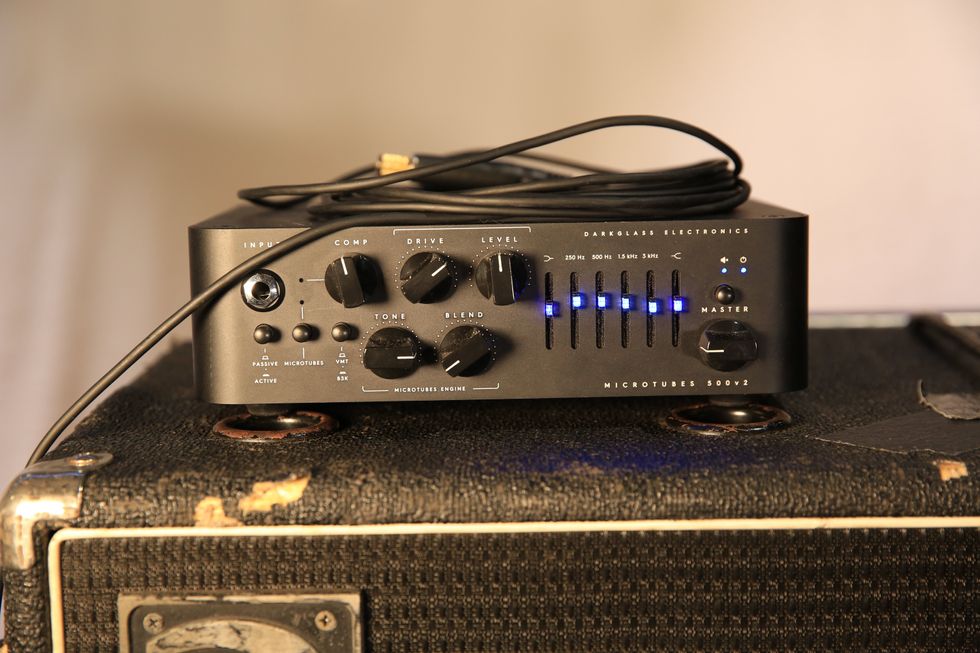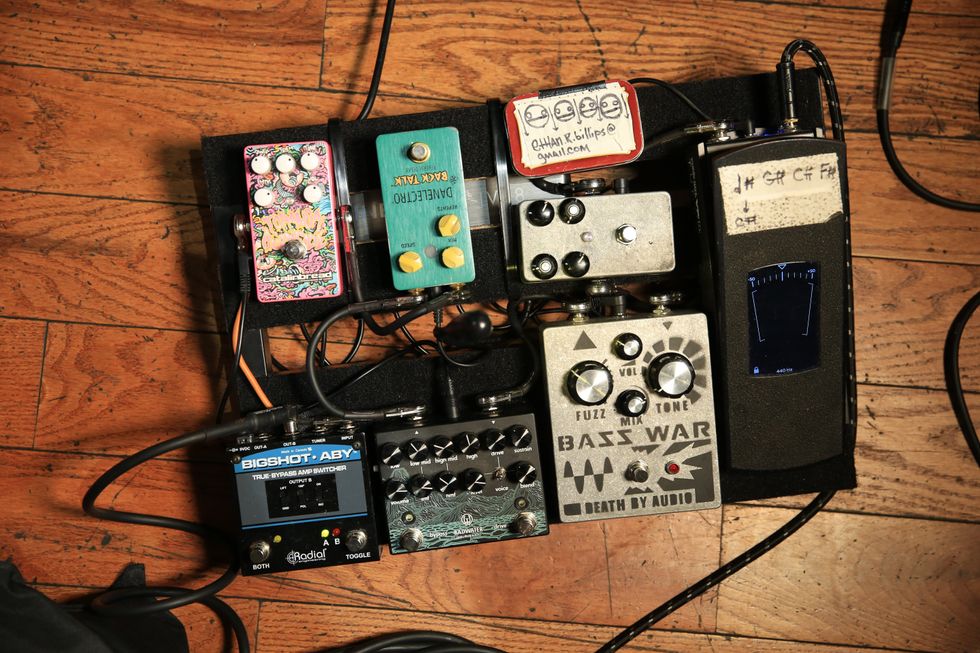Recorded direct using PreSonus FireStudio and PreSonus Studio One 3
Clip 1: Active mode with bass at 75 percent, treble at 75 percent, and mids dialed back.
Clip 2: Passive mode with flat EQ and coil-tap switch engaged.
RatingsPros:Solid build. Comfortable neck. Sleek looks. Affordable. Cons: Pickups left me considering other options. Street: $349 Jackson Spectra JS3V jacksonguitars.com | Tones: Ease of Use: Build/Design: Value: |
The term “affordability” is not usually paired with the words “high quality” or “reliable”—marketing speak aside. The balance of those terms is something manufacturers have to deal with daily, and if you stayed awake in class, you realize how the global economic climate will ultimately affect the products we are offered, and literally at what cost. In the bass and guitar universe, producing an affordable instrument has (luckily) been honed into almost an art form. The lower-cost selections of today are on par with mid-level instruments of the past, and certainly head and shoulders above what one could get as an entry-level instrument years ago.
Jackson is a brand with a long heritage of storied instrument-making, with an edge. If you don’t know, Randy Rhoads was the very first Jackson player. The shift in music trends and the introduction of lower-priced models in the ’90s hurt the company, but since the acquisition of Jackson by Fender, the styles have become more mainstream and stretch across multiple genres. One such instrument is the Spectra JS3V, a 5-string active bass that embodies this approach, with a look and feel designed to appeal to the masses.
The Jacksonian Era
The Spectra JS3V is a slick-looking bass with a vibe that won’t upset anyone’s applecart. There is no pointed headstock, but rather a rounded, offset 3+2 with a very understated “J” logo. The JS3V’s satin-black-finished poplar body (also available in walnut stain or silverburst) looks the part of a modern instrument, yet again without flash or sparkle. And for someone who wouldn’t normally consider a Jackson, this could be a very good thing.
The 35"-scale Spectra JS3V also brings some refinements to the table that boost its stock value. The bolt-on maple neck boasts a scarf joint to increase sustain, and its satin finish along with the 12"-16" fretboard radius makes for comfortable and quick playing. The extended upper horn brings a more balanced bass to the gig by helping reduce neck dive. All 24 frets are easily accessible, and holding everything down is a HiMass bridge matching the rest of the chrome hardware.
Our test model looked really good. The joints were all solid and there were no loose screws or hardware issues. I liked the little touches that make the bass stand out, such as the binding that runs along the neck and the headstock, as well as the stealthy, satin finish. The JS3V certainly felt beyond its price tag.
The Full Spectra
For this review, I ran the Jackson Spectra JS3V through an Eden Terra Nova head with a matching 2x10 cabinet. I started out in passive mode with the bridge and neck pickup blended equal. In passive mode, the only tone-shaping controls are the coil-tap switch or the pickup blend knob, to find a sweet-spot balance.
In this mode, I initially felt the tone was a bit lackluster. When I rolled the blend more toward the neck pickup, however, the bass started to come alive with some great P-like tones. Coil tapping provides another option, and splitting the pickups did provide a touch of warmth to the more subdued signal. The bass was feeling very comfy with solid rock runs and fingerstyle funk, as well as old-fashioned R&B.
Rolling the blend the opposite way, the bridge-position tone on the Spectra sits in the high-midrange. It does its job in helping the neck pickup grab some high end when blending, but it’s a bit too nasal for my taste when soloed. I know a number of players who prefer to use the bridge pickup on its own, but that might be a little overbearing with this pickup. That said, comping chords (You have the 24-fret neck!) or getting creative with effects could be a good thing here.
It should be mentioned that when I engaged the active 3-band preamp, there was an audible pop. It wasn’t shockingly loud, but it was enough to be distracting if you need to switch in a quiet, between-song situation. Moving forward, I just tuner-muted or turned down the volume all the way before engaging.
Once engaged, the EQ unsurprisingly turned the JS3V into a more modern-sounding instrument. Adding some low end really helped the bass become more tonally relevant, and using a pick brought big, rock tone. The JS3V’s 5th string is super tight, which I love. Although it lowers the output a touch, splitting the pickups sounds even warmer in active mode with some low end dialed in. I’d say the most the high EQ should be used is for minor adjustments. Its higher-range and dimed setting made the tone too crispy for a solid foundation or soloing. The mid control does give some more bark to the overall tone, which will allow the bass to jump out of a mix with some mid bump. It definitely leans towards the high-midrange, however, so at times it wasn’t especially heart-warming if used too liberally. Just like with the highs, pepper lightly.
The Verdict
The Jackson Spectra JS3V comes in at what I would call the top end of entry-level priced basses, but by no means does it skimp on quality. The JS3V is a comfy instrument—like, four-hour gig comfy—and it will be at home in many hands for years to come. I was a fan of the bass: namely the tight 5th string, the great-feeling neck, and the overall layout and feel. There are some very usable tones within the stock pickups, but I feel that they fall a bit short overall for the wide range the EQ is capable of conquering. I’m not recommending you upgrade the pickups out of the gate, but if you decided to down the road, you’d still be in the “affordable range” with a great instrument in your hands.



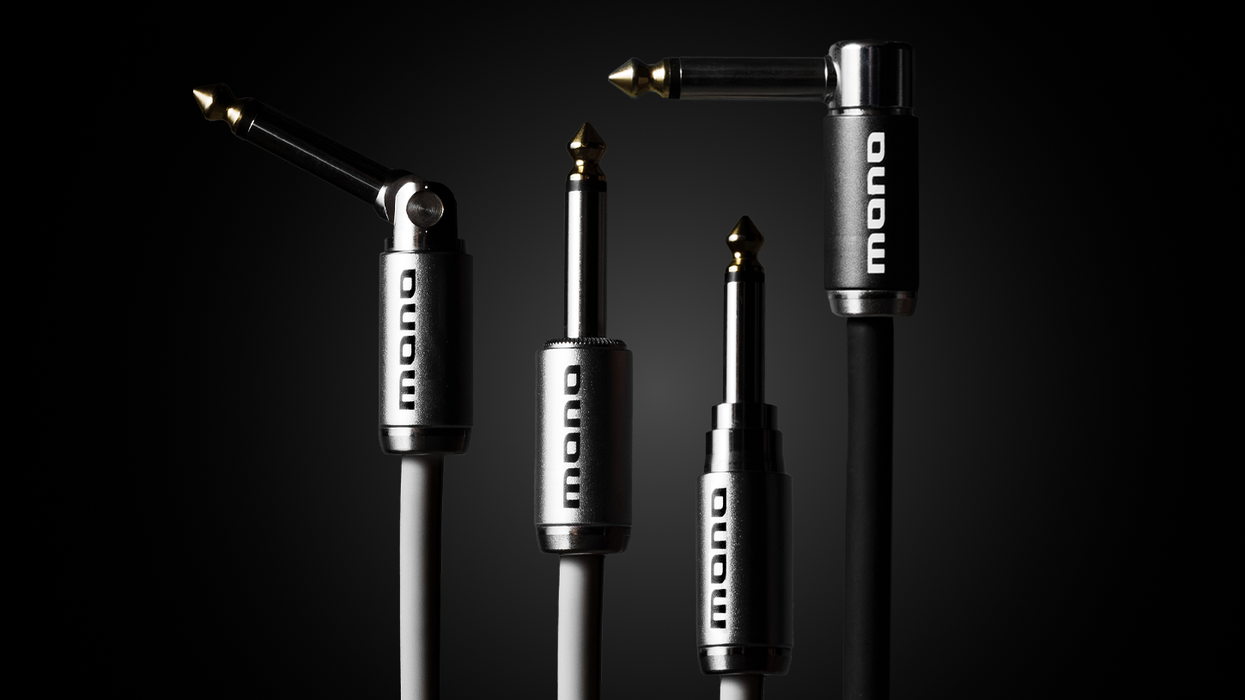


![Rig Rundown: AFI [2025]](https://www.premierguitar.com/media-library/youtube.jpg?id=62064741&width=1245&height=700&quality=70&coordinates=0%2C0%2C0%2C0)












 Shop Scott's Rig
Shop Scott's Rig





